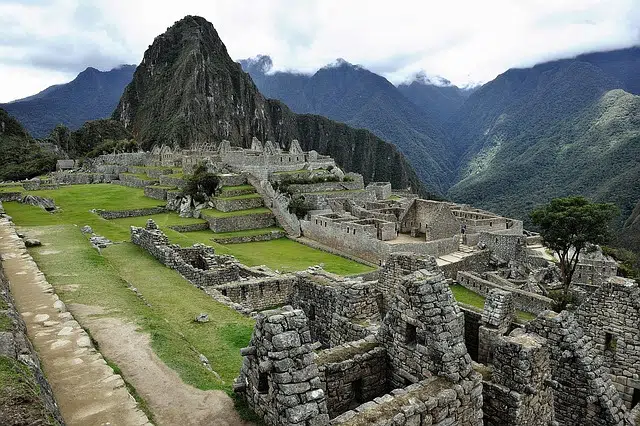
Pre-Columbian is defined as anything that happened or already existed in America before the arrival of Christopher Columbus (1492).
Before determining the meaning of the pre-Columbian term, it is necessary that we know its etymological origin. In this sense, we can say that it derives from Latin, since it is composed of elements of said language:
-The prefix «pre-«, which means «before».
-«Colombus», which is synonymous with «Columbus».
-The suffix "-ino", which is used to indicate "belonging" or "origin."
Pre-Columbian, before Columbus
The adjective pre-Columbian is used to name what happened or existed in America before the expeditions of Christopher Columbus . It can be considered, therefore, that the pre-Columbian period begins with the development of the first human settlements on the continent and extends until the European conquest.
Pre-Columbian America , in this way, existed for thousands of years, since it spans from the arrival of the first Asian migrants until 1492 , when Columbus and his men landed on the continent to begin the process of conquest. The usual thing is that pre-Columbian peoples are called those who were on American soil when the Europeans arrived.
The importance of the Incas
The Incas , for example, are considered one of the most important pre-Columbian civilizations . His empire , based in the current Peruvian city of Cusco , extended through various regions of Peru , Bolivia , Ecuador , Colombia , Chile and Argentina .
Among the great legacies of the Incas that can still be seen, Machu Picchu stands out, a citadel built in the 15th century in the mountains of the Central Cordillera of Peru .

Pre-Columbian art can be seen in museums and archaeological sites.
Mayans and Aztecs, other pre-Columbian peoples
The Mayans were another of the great pre-Columbian peoples. Settled in areas of Mexico , Guatemala , Honduras , Belize and El Salvador , the Mayans developed imposing buildings that can still be seen in various American countries, such as the city of Chichén Itzá .
Among the most relevant pre-Columbian civilizations, we can also mention the Aztecs or Mexica , who lived in Mexico. This town is recognized by historians for its warrior tradition.
Artistic manifestations that transcended the ages
Precisely, what is known as pre-Columbian art is very important in the history of art, which is, therefore, that which was made on the American continent before the arrival of Christopher Columbus. Among the most important works of that period, in addition to the aforementioned Machu Pichu, are the sculptural ceramics of the Moche culture, the Temple of the Sun in Cuzco, the Colossal Heads of the Olmec civilization, the Temple of Quetzalcóatl or the Cave of the Hands in Argentine Patagonia.
One of the best art centers to learn about pre-Columbian art is the Chilean Museum of Pre-Columbian Art, located in Santiago, Chile, which has a wide collection of works. This is divided into Mesoamerica, Caribbean, Central Andes, Chile, Intermediate, Amazon and Surandean Area.
Likewise, within each division there are, in turn, different groupings based on the cultures that carried out one or other works. Among its most important possessions are, for example, the Mayan bas-relief of "Warrior-King", which is dated between 600 and 900 AD, or the so-called "Cult Statue", made by the Aztecs.
